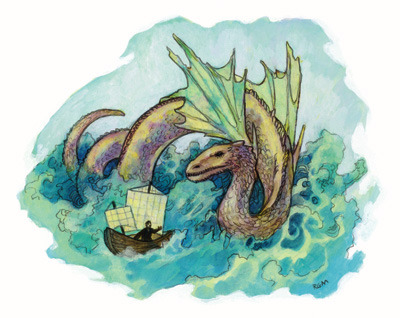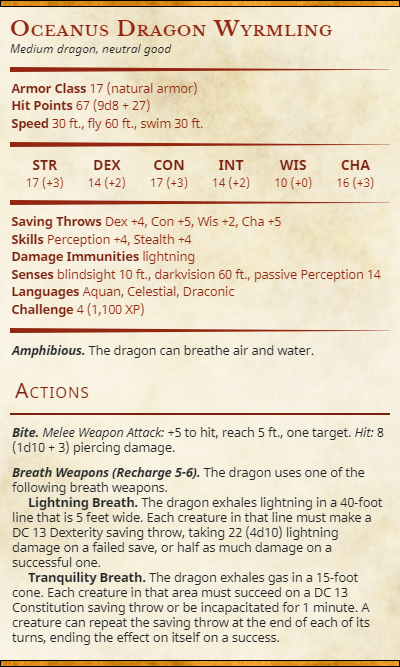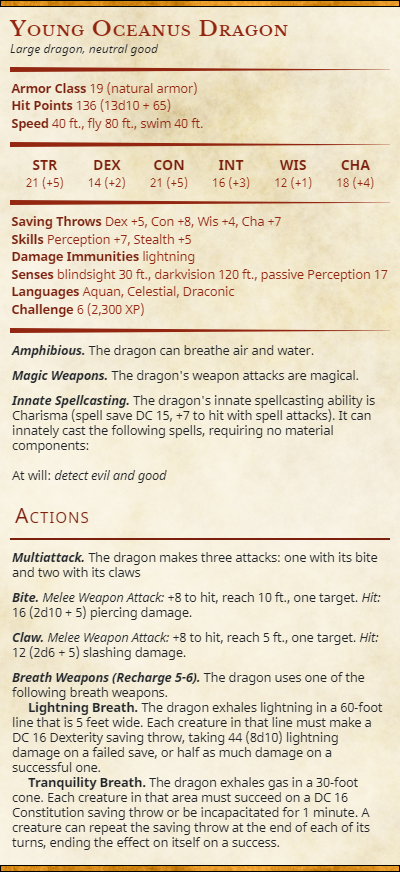It’s Been A While Since I’ve Posted Video Stuff Here But Later Today Is My Oceanus Dragon Video So





It’s been a while since I’ve posted video stuff here but later today is my Oceanus Dragon video so check out my channel if you’d like to see that.
Channel: https://www.youtube.com/channel/UCPcFsxfrenLv_Nx0oxSmBhA
More Posts from Post-maester and Others

Drafting the Adventure: Dungeons Without Walls
I love the idea of dungeons, but there was a significant portion of my life as a DM where they didn’t feature in my games. While Pathfinder and 5e provided a great framework for character building and tactical skirmishes that I could build story on top of, neither was really great when it came time to detour into a dungeon. My players tended to get confused when we headed out to plunder the local ruin or cave system, spending a lot more time figuring out where they were and what they should be doing than actually doing anything.
The problem as it turned out was limited information. I had a picture of the dungeon in my head/notes but I couldn’t telepathically infer that to the party, and the back and forth questions where they tried to orient themselves within my mental labyrinth ate up a lot of session time prevented us from attaining that snappy pace that every table needs to keep the players invested.
Recently though I had an epiphany about overhauling exploration in d&d, and wrote up a whole post detailing how you could build and run wilderness adventures the same way you could a heist or a murder mystery. Because I was already writing a series about dungeon design it didn’t take long for me to realize that this exploration overhaul was 100% applicable, and could solve a lot of the delay and confusion my players usually faced on their next trip underground. Spoilers: it worked amazingly.
The key to this overhaul was giving my players enough information to see the dungeon as a sort of abstract checklist, and then giving them the power to investigate and check things off that list in whatever order they wished, when they enter a new level of the dungeon they get a new checklist to fill out which still keeps that sense of exploration. Folk love checking things off lists, and I as a dungeonmaster love it when players engage with the content I’ve spent so much energy creating even if it’s only poking their head in the door to realize they want to run away as fast as possible. Likewise, designing the dungeon this way let me tackle much larger concepts without having to sweat the details of filling up every little room as I would have to in map-centric design.
Keep reading




My rendition of Raven/621 and their Ayre. Mech Raziel to build from his colors.
(I love Cybergoths and Blame! So that was my inspo here hehe. Just a bit of this and that.)
VTM character concepts that I am compelled to share as they have completely taken over my brain:
1. A fledgling who wakes up after their embrace to an “Alice in Wonderland”-style “unbirthday party” complete with some rather grizzly tea and presents. Their sire is either a Malkavian who genuinely thinks they are doing something nice, or a very twisted Toreador.
2. A Lasombra antiquarian bookseller who takes sadistic pleasure in charging Tremere vamps OBSCENE amounts of money for rare occult tomes. 3. A Salubri vampire who consensually feeds from those suffering from chronic pain in order to give them a little relief, unknowingly creating people addicted to the kiss in the process. 4. Nosferatu with a gorgeous voice who posts songs on social media without revealing their face. They are often asked to perform at Elysium, provoking much jealousy from the local Toreador. 5. A Toreador dominatrix whose art form is torture. They work with the sheriff to “extract” information, and are currently searching for a fiend to teach them fleshcraft. Please feel free to use any of these as my brain continues to sprout characters without actually having chronicles to play them in lol.
I've been said to have "mom friend" vibes by at least 3 people, two of which affectionately call me "Ashmom."
Just yesterday I had a discussion with my husband about my fashion as a trans girl. He's witnessed so many mtf transitions, because he's been in the community much longer than I have, and his general observation is that trans girl clothing fashion tends to be any combination of young, showy, slim, and thin. My husband was reflecting on this because I gravitate to items he calls "grandma fashion". He wondered why I wasn't the same as other trans women he's seen/met. The thing is, I don't really know. I enjoy what I enjoy.
Now. That being said. On the same day, my Mom, Dad, and little brother, all separate of one another, said I look like a Grandma when they noticed my new glasses chain from the queer market yesterday.
Is this my fate? To be the Grandma trans? I love being motherly and I enjoy caring for the people I love. But grand-motherly? I don't think so.

Beasts of the Putrid Hills, II
So satisfying. Can't wait to see more of that guy's work


Dantioch and Polux, a love, not of Eros, but of brotherhood




Thousand Sons Tactical Squad
oh god


The classic betrayer
This is where everyone subtly knows that this guy's going to turn the other way.
The betrayer puts on a show for our heroes - kind, compassionate and supporting at first.
it just so happens that the villainthinks the heros are the bad guys.
make them actually likable.emotionally ruin the hero upon betrayal.
The remorseful traitor
whether he had bad intentions from the start or was deceived by others, the betrayer regrets his choices.
when he realizes his mistakes, it's too late to stop the evil, which introduces guilt.
throw the guilt and shame on the character.
even the protagonist can be a traitor! will others forgive him?
The Double Agent
this type of traitor will keep the readers wondering whether this guy is truly on your side.
keep your readers guessing. is that an evil smirk or a genuine smile? does he really love drinking, or is he just trying to get the hero drugged?
Snape in Harry Potter is a great example.
The guy can be good or bad - just keep balancing the two
Unrealiable narrators
these characters are not entirely betrayers, but horribly misinformed. they can make others appear like traitors - when in truth, they just have it wrong.
pit your narrow-minded narrator against his allies.
these characters are great for misunderstanding plots.
have your narrator do irreversible damage to the hero. would they forgive him?
Tragic betrayers
these are characters, due to their past wounds and trauma, cannot help but betray the group.
they confess the hero's secrets under physical/mental torment and doesn't have the backbone to do otherwise.
these characters can either be pitiful or frustrating would the hero still fight for the betrayer?
Play around with pov
you can have the readers know about the upcomong betrayal by switching points of view, building up anticipation to the moment of realization.
on the flip side, you can change povs in a way that the reader doens't see what's happening at the hero's back.
If you like my blog, buy me a coffee☕ and find me on instagram! 📸
-
 dungeons-for-days reblogged this · 1 year ago
dungeons-for-days reblogged this · 1 year ago -
 sherma-nn-blog liked this · 1 year ago
sherma-nn-blog liked this · 1 year ago -
 zombiebot421 liked this · 1 year ago
zombiebot421 liked this · 1 year ago -
 corsair-princess-nenime liked this · 1 year ago
corsair-princess-nenime liked this · 1 year ago -
 another-rpg-sideblog reblogged this · 1 year ago
another-rpg-sideblog reblogged this · 1 year ago -
 acloakerwithwifi liked this · 1 year ago
acloakerwithwifi liked this · 1 year ago -
 archonzander liked this · 1 year ago
archonzander liked this · 1 year ago -
 kappatron liked this · 1 year ago
kappatron liked this · 1 year ago -
 post-maester reblogged this · 2 years ago
post-maester reblogged this · 2 years ago -
 post-maester liked this · 2 years ago
post-maester liked this · 2 years ago -
 lilysphinx liked this · 2 years ago
lilysphinx liked this · 2 years ago -
 ardentking1234 reblogged this · 2 years ago
ardentking1234 reblogged this · 2 years ago -
 rdcarroll82-blog liked this · 2 years ago
rdcarroll82-blog liked this · 2 years ago -
 princesssophia liked this · 2 years ago
princesssophia liked this · 2 years ago -
 kingpepperchino liked this · 2 years ago
kingpepperchino liked this · 2 years ago -
 darksagagemini liked this · 3 years ago
darksagagemini liked this · 3 years ago -
 vovat liked this · 3 years ago
vovat liked this · 3 years ago -
 ladyofmornien liked this · 3 years ago
ladyofmornien liked this · 3 years ago -
 madmasterdesigns liked this · 3 years ago
madmasterdesigns liked this · 3 years ago -
 aw-some-musics liked this · 3 years ago
aw-some-musics liked this · 3 years ago -
 nicthedm reblogged this · 3 years ago
nicthedm reblogged this · 3 years ago
